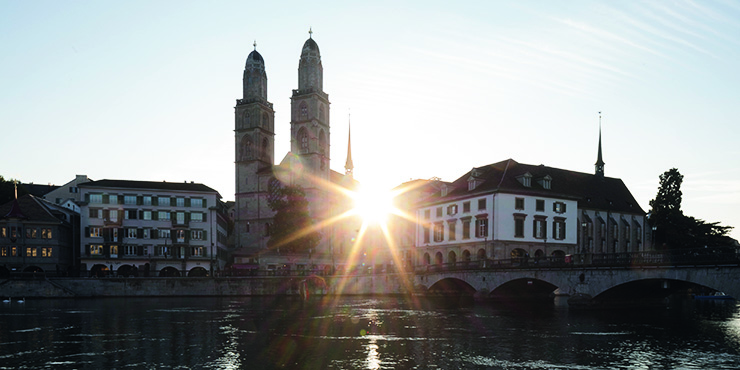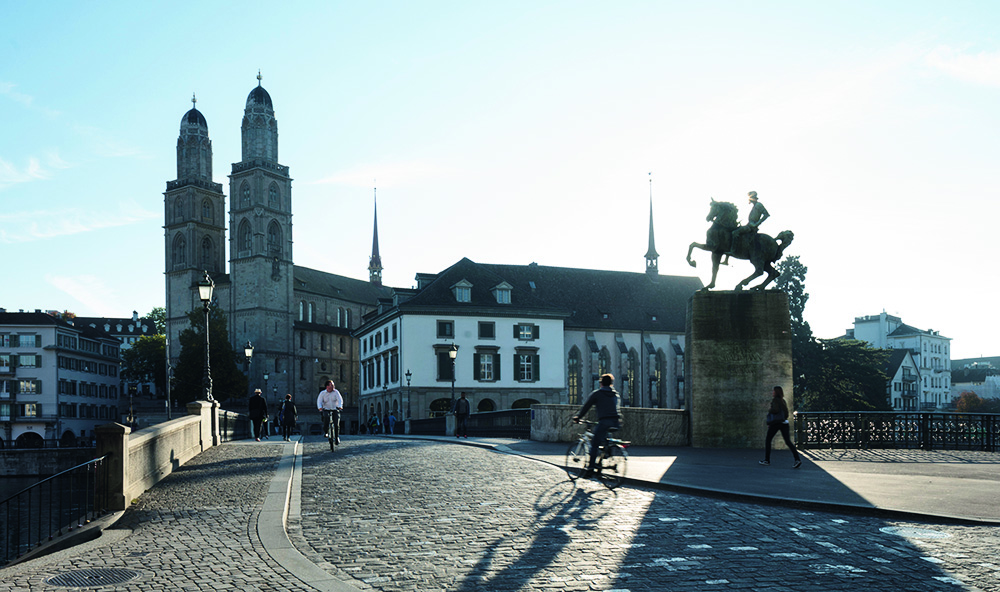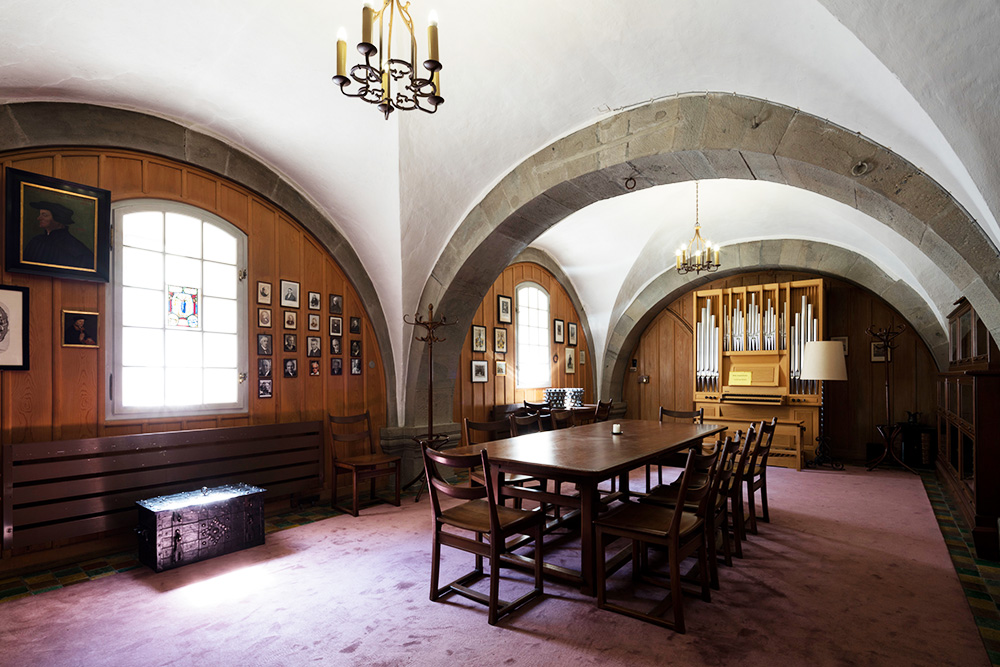Millions for the Grossmünster

The Zurich Grossmünster is to be renovated for over 30 million francs over the next few years.
The Grossmünster Church in the old town of Zurich was built between 1100 and 1220. Together with the Fraumünster and St. Peter’s Church, it is one of the most famous churches in the city, and its twin towers are a symbol of Zurich. The name “Grossmünster” comes from the 14th century. Originally, the church was simply referred to in the documents as “Zurich Church” (Turicina ecclesia). In 1272 the “Münster” appeared for the first time under the name Monasterium praepositurae Thuricensis. Monasterium, German Münster, is the Latin name for monastery. “Grossmünster” appears for the first time in 1322, probably to distinguish it from the smaller Fraumünster.

Every year the Grossmünster has around half a million visitors from all over the world. In addition to church services and other religious celebrations, there are also regular events and guided tours. Numerous repairs are due in the next few years. The aim is to preserve the valuable medieval building fabric and the effect of the cultural asset in the long term. This requires measures to regulate the indoor climate so that the decay processes slow down as much as possible. The protection of cultural property should also be improved.
Because the operational requirements have increased due to the great tourist importance of the Great Minster and the use has changed, targeted adjustments to the infrastructure are required in order to enable safe and adequate operation. For this purpose, for example, visitor guidance and personal safety are to be optimized. Furthermore, toilet facilities and warehouses are to be adapted to today’s needs and regulations. As a result of all the measures, the technical building installations, which are also to be improved, are also affected. In addition, the project creates the necessary basis for continuous monitoring.

The individual measures have yet to be defined in detail. The processing of all topics in a comprehensive project ensures that the different needs and requirements are processed in a coordinated manner. As part of the upcoming preliminary study, the overall project is defined and concepts for implementation are developed. The implementation takes place in staggered sub-projects. The government council has approved a preliminary study loan of around 2.5 million francs and a credit line of around 32.5 million francs as a tied expense for the entire project. The plan is to carry out the first work in 2022. Completion is scheduled for 2028.